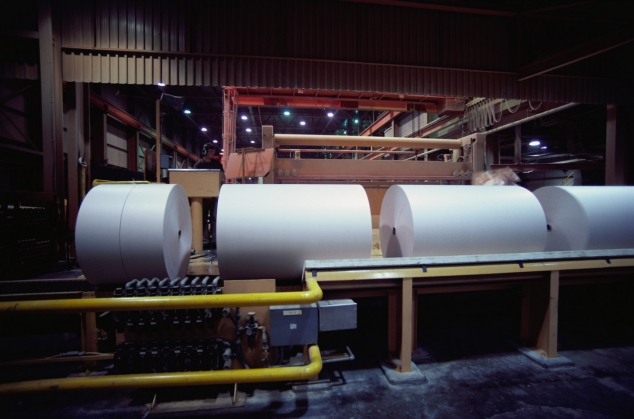0086 18049845758
 GOLDEN PAPER
GOLDEN PAPER
 GOLDEN PAPER
GOLDEN PAPER
Guoxin Securities released a research report saying that since 2024, domestic pulp and paper demand and consumer confidence have continued to weaken. Although pulp prices have risen in 24 Q2 due to supply disturbances, the relative sluggishness of demand still has a certain suppression on profit margins. Wood pulp was strong in the first half of the year due to supply device disturbances. The pulp price fell in Q3 with the new capacity put into use. The market lacks a strong foundation for the future outlook; and the core of finished paper profitability lies in cost control capabilities in a weak demand environment. With the effectiveness of domestic policy stimulus and the overseas interest rate cut cycle, pulp and paper demand is expected to pick up with the recovery of consumption.
Wood pulp: The trend was strong in the first half of the year due to the disturbance of supply devices. The pulp price fell in Q3 with the new capacity release, and there is no basis for strengthening in the future market. 24 H1 pulp prices were mainly affected by overseas supply-side factors (such as shutdowns, explosions, and delayed production of Brazilian broadleaf pulp, etc.), and the overall strength was strong, but domestic wood pulp was constrained by weak downstream demand and weak price increases of base paper. The price began to diverge from the foreign market in May; Q3 demand was off-season and new capacity was put into production, and domestic and foreign pulp prices fell further. Q4 peak season demand is still uncertain, but with the release of 2.55 million tons of capacity of Suzano in Brazil on the supply side, it is expected that the pulp price trend will be mainly volatile, lacking strong support, and pay attention to supply-side disturbances; the next round of large-scale broadleaf pulp capacity release in the world will be concentrated in 2027, and the supply pressure of broadleaf pulp in the future market will still be relatively large. Finished paper: In a weak demand environment, the core of profitability lies in cost control ability
From the inventory cycle, the paper industry inventory has entered the active replenishment stage in 2024, but the overall demand has recovered weakly;
Wood pulp series: supply, demand and prices are relatively stable, and the high-priced pulp in the first half of 2024 will put some pressure on the profitability of H2. With the recovery of demand, the confidence in maintaining the profitability of cultural paper and household paper is relatively strong; white cardboard may weaken the repair momentum of gross profit margin due to a more severe oversupply situation and potential competition.
Waste paper series: Demand and price pressures are greater. Prices are already at a relatively low level in 2024. If the structure is adjusted and demand improves, it is expected to usher in a bottom reversal.
Company level: Pay attention to integrated leaders that cross the cycle & bottom improvement opportunities
Bulk paper: 2024 Q1-Q3 earnings recovery but weak quarter-on-quarter, wood pulp Q1 cost support paper price increase, but since Q2, the widening gap between raw material costs and paper prices has led to weaker earnings on a quarter-on-quarter basis, Q3 is under obvious pressure, integrated leaders still have excess returns compared to the industry; waste paper demand is not strong, costs and paper prices are consolidating at low levels, and earnings are grinding bottom.
Specialty paper: 2024 Q1-Q3 due to capacity release and overseas market expansion, leaders show growth; earnings are better than bulk paper, and Q3 earnings are also down due to the consumption of high-priced pulp inventory.
